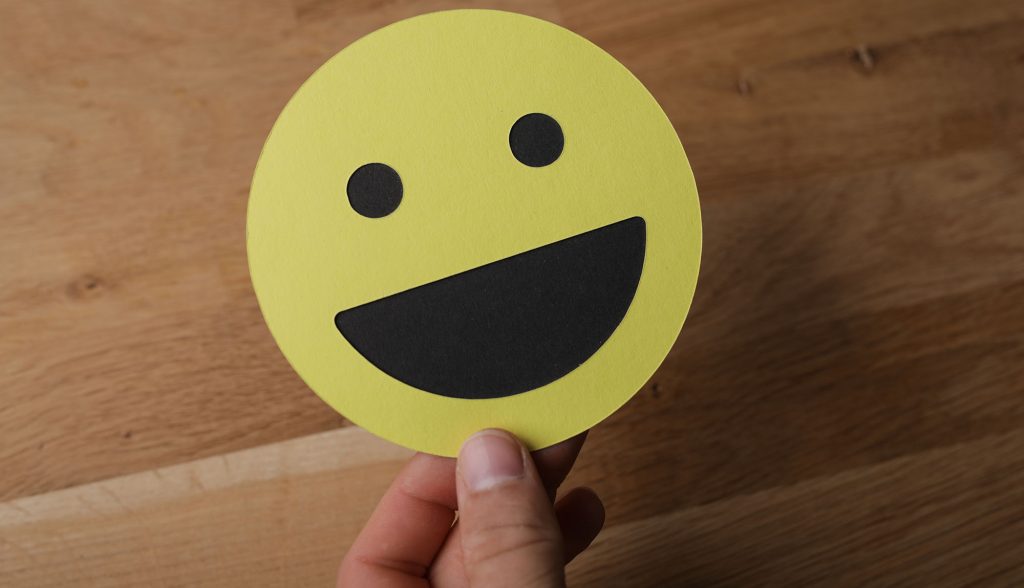People often discount how something as simple as using an emoji can change their sales ratios. When it comes to writing captions, you only have so much space to try and convince someone to buy what you are trying to sell. Using an emoji or two can have a huge impact on your unlock rates. But let’s look at why …
♥️
In the era of digital communication, where brevity is often favored, emojis have emerged as a powerful language of their own. These colorful, symbolic characters have become a universal means of expression, transcending linguistic and cultural barriers.
They add tone, emotion, and personality to text-based communication, making it more engaging and relatable. This article explores the power of emojis and their unique ability to attract attention and enhance communication.
Emojis: A Universal Language
Emojis have become an integral part of our digital vocabulary. Originating in Japan, the emoji culture has permeated the globe, thanks to their inclusion in virtually every digital keyboard. Their widespread use can be attributed to their ability to express a wide range of emotions, actions, and concepts through simple, visually appealing symbols. They’ve transcended the barriers of language, enabling people to communicate complex ideas in a compact, universally understandable format.
The Psychological Appeal of Emojis
Emojis carry significant psychological appeal. Our brains are wired to respond to visuals, and emojis can elicit an emotional response, making messages more memorable. They can serve to humanize digital communication, replacing non-verbal cues typically found in face-to-face interaction. Emojis can convey tone and emotion more effectively than words alone, enhancing understanding and reducing the chances of miscommunication.
Humans are inherently visual creatures. Our brains process images faster than text, which means we can comprehend the meaning of an emoji quicker than a written word or phrase. This allows for efficient communication, especially in an age when attention spans are shorter than ever.
Emojis are adept at conveying emotions. They can express joy, sadness, surprise, anger, and a host of other feelings. This emotional resonance enhances communication, making it more personal and expressive. It also helps build empathy, allowing the receiver to understand and connect with the sender’s emotional state better.
Written communication is susceptible to misinterpretation due to the absence of non-verbal cues like tone of voice, facial expressions, and body language. Emojis serve as digital proxies for these cues, adding context and reducing ambiguity. For example, a potentially harsh message can be softened with a smiley face, or sarcasm can be made more evident with a wink emoji.
Positive emojis, such as the heart or smiley face, can trigger the release of dopamine, a neurotransmitter associated with feelings of pleasure and reward, in our brains. This neurochemical reaction can make interactions involving emojis more enjoyable and satisfying.
Emojis have become a shared language that fosters social bonding. They are part of Internet culture and digital communication norms, enabling users to participate in communal expression. Using emojis can signal belonging to a particular social group, creating a sense of community and shared understanding.
The psychological appeal of emojis lies in their ability to enrich digital communication by adding an emotional layer, reducing ambiguity, creating social bonds, enhancing memory, and appealing to our brain’s preference for visuals. They have transformed the way we communicate, making our digital interactions more expressive, effective, and human.
Emojis in Marketing: Attracting Attention and Engagement
In the world of marketing, emojis have proven to be a potent tool. They can make your content stand out in a crowded digital landscape, attracting attention and driving engagement. They also allow brands to express their personality, making their communication more authentic and relatable. Studies have shown that using emojis in social media posts, emails, and advertisements can significantly increase click-through rates and engagement.
Here are some strategies for using emojis in marketing:
Use emojis to reinforce your message: Emojis can add emphasis to your message and reinforce its meaning. For example, a pizza place might use a pizza emoji in its social media posts to reinforce what it’s offering.
Personalize your brand: Emojis allow you to add personality to your brand. By choosing emojis that align with your brand’s character, you can create a distinct voice that sets you apart from competitors.
Encourage engagement: Emojis can also encourage user engagement. For instance, you might use the ‘hand-raised’ emoji to invite comments or the ‘heart’ emoji to solicit likes.
Keep it relevant and moderate: While emojis can make your content more engaging, it’s important to use them in moderation and ensure they’re relevant to your message. Overuse or misuse of emojis can confuse your audience or come off as unprofessional.
Emojis are more than just playful symbols; they are a powerful tool that can enhance communication and attract attention. In marketing, they can add personality to your brand, reinforce your message, and drive engagement. Embrace the emoji revolution, but remember, as with any tool, it’s how you use them that counts.
Some of the most popular emojis worldwide include the Face with Tears of Joy 😂, Red Heart ❤️, and the Thumbs Up 👍 according to emojitracker and other online statistics. The question is … what’s your favorite?


